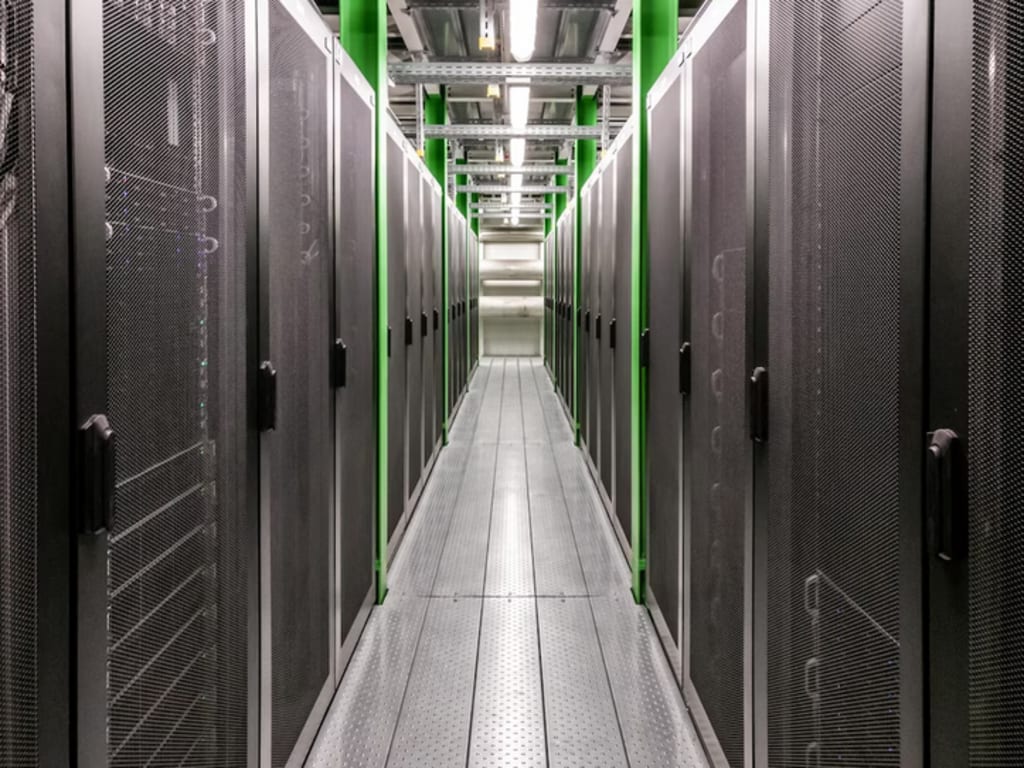The Art Decommissioning: Best Practices for Data Center Decommissing
data center decommissing

Introduction:
Data centers play a critical role in our increasingly digital world, but as technology rapidly advances, the decommissioning of outdated or inefficient data centers becomes a necessity. Data center decommissioning involves the systematic shutdown, removal, and disposal of infrastructure, equipment, and data stored within the facility. In this article, we will explore the best practices for data center decommissioning, highlighting the importance of responsible decommissioning practices, and discussing the benefits of following these practices.
Importance of Data Center Decommissioning:
Data center decommissioning is essential for several reasons:
Cost Optimization: Decommissioning outdated data centers can significantly reduce operational costs. Older infrastructure consumes more energy and requires more frequent maintenance, resulting in higher expenses. Decommissioning allows organizations to consolidate their operations into more efficient and modern facilities, leading to cost savings in the long run.
Resource Efficiency: Decommissioning allows for the efficient use of resources. Outdated equipment can be repurposed or recycled, reducing electronic waste and minimizing the environmental impact associated with manufacturing new equipment. Decommissioning also enables the consolidation of resources, ensuring optimal use of power, cooling, and floor space in active data centers.
Data Security: Proper data destruction is a critical aspect of data center decommissioning. Ensuring that sensitive and confidential information is securely erased or destroyed protects organizations from data breaches, cyber threats, and potential legal and reputational risks.
Best Practices for Data Center Decommissioning:
Develop a Comprehensive Decommissioning Plan: A well-defined decommissioning plan is crucial for a smooth and efficient process. It should include an inventory of all assets, a timeline for decommissioning activities, data migration and backup plans, and guidelines for equipment disposal and recycling.
Assess Data Security: Prioritize data security throughout the decommissioning process. Ensure that all data stored in the decommissioned data center is securely erased or destroyed using industry-approved methods. Implement data sanitization processes that comply with relevant data protection regulations.
Equipment Disposal and Recycling: Responsible disposal and recycling of decommissioned equipment is essential. Engage certified e-waste recyclers who adhere to proper environmental and ethical standards. They can ensure that equipment is recycled or repurposed in a way that minimizes environmental impact and maximizes resource recovery.
Documentation and Reporting: Maintain accurate documentation of the decommissioning process, including equipment inventory, data destruction records, and disposal certificates. This documentation can be crucial for compliance purposes, audits, and future reference.
Environmental Considerations: Minimize the environmental impact of decommissioning by adopting sustainable practices. Consider energy-efficient methods for removing and transporting equipment, and explore opportunities for repurposing or reusing assets within the organization or through donation programs.
Benefits of Following Best Practices:
Cost Savings: Properly executed data center decommissioning can lead to significant cost savings by reducing operational expenses, eliminating unnecessary maintenance, and optimizing resource utilization in active data centers.
Environmental Sustainability: Responsible decommissioning practices contribute to environmental sustainability by reducing electronic waste, promoting recycling, and minimizing the energy consumption associated with outdated infrastructure.
Data Protection and Compliance: Following best practices ensures the secure erasure or destruction of data, protecting organizations from data breaches and legal non-compliance. It also facilitates adherence to data protection regulations and industry standards.
Efficient Resource Utilization: Decommissioning allows for the consolidation of resources, leading to better utilization of power, cooling, and floor space in active data centers. This improves overall operational efficiency and resource optimization.
Conclusion:
Data center decommissioning is a critical process that enables organizations to optimize costs, improve resource efficiency, and protect data. By following best practices such as developing comprehensive decommissioning plans, prioritizing data security, responsibly disposing of equipment, and considering environmental factors, organizations can successfully navigate the decommissioning process. The benefits include cost savings, environmental sustainability, data protection, and efficient resource utilization. Embracing these best practices ensures a smooth and responsible transition to more advanced and efficient data center infrastructure.
About the Creator
Enjoyed the story? Support the Creator.
Subscribe for free to receive all their stories in your feed. You could also pledge your support or give them a one-off tip, letting them know you appreciate their work.





Comments
There are no comments for this story
Be the first to respond and start the conversation.